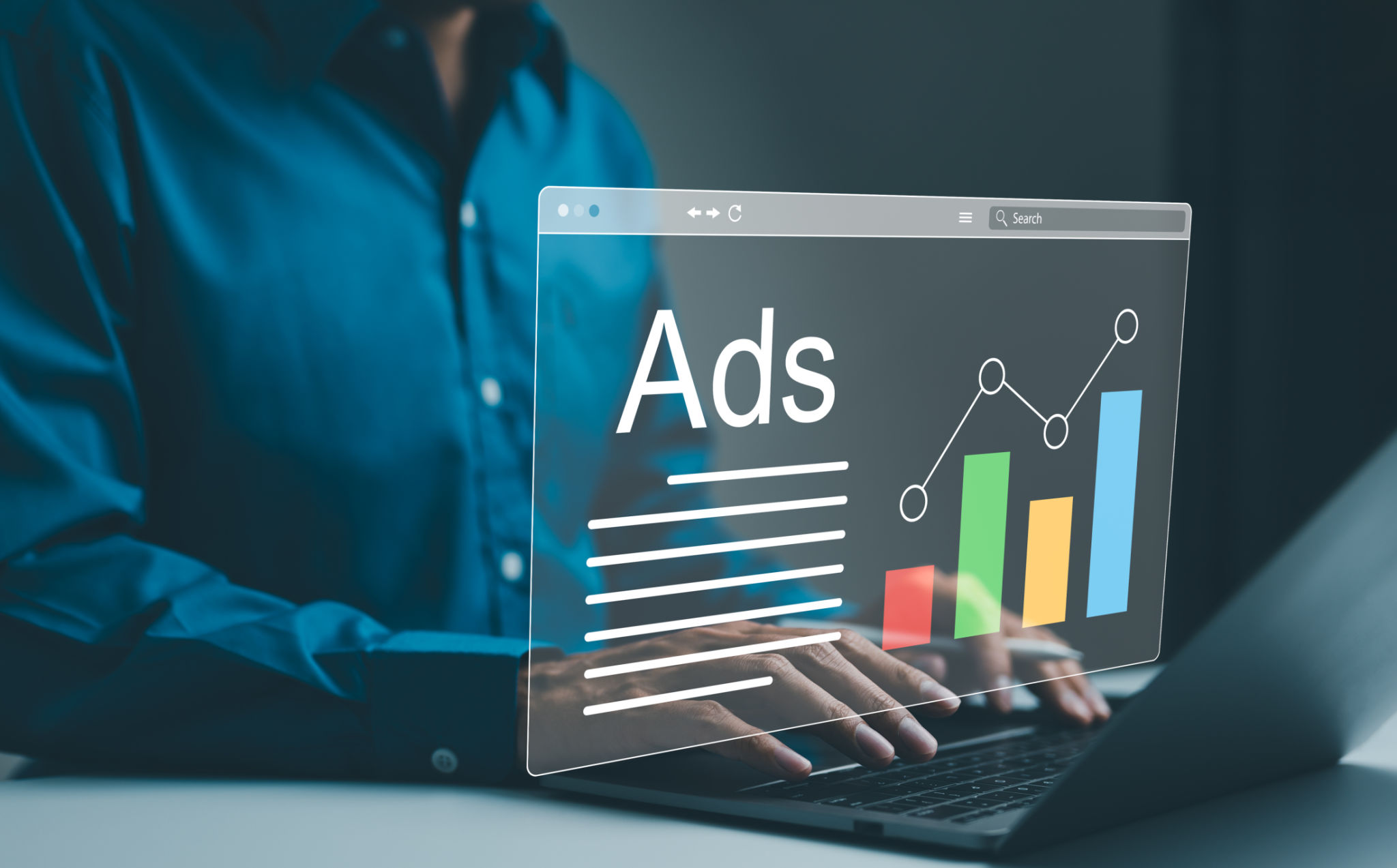A Comprehensive Guide to PPC Ads: Boosting Your Online Visibility
Understanding PPC Advertising
Pay-Per-Click (PPC) advertising is a powerful digital marketing tool that allows businesses to increase their online visibility by paying a fee each time one of their ads is clicked. This model helps drive targeted traffic to your website, ensuring that you reach potential customers who are actively searching for your products or services. By understanding how PPC works, you can effectively manage your advertising budget and maximize your return on investment.

How PPC Ads Work
PPC ads appear on search engine results pages (SERPs) or on websites participating in ad networks. When a user searches for a keyword related to your business, your ad may appear in the sponsored section of the SERP. You only pay when someone clicks on your ad, making it a cost-effective approach to reaching the right audience. The success of PPC campaigns depends on several factors, including the quality of your ad copy, the relevance of your keywords, and the effectiveness of your landing pages.
Choosing the Right Keywords
Keyword selection is crucial in PPC advertising. You need to choose keywords that are relevant to your business and have a high search volume. Tools like Google Keyword Planner can help you identify the right keywords by providing insights into search trends and competition levels. Consider using a mix of broad, exact, and phrase match keywords to capture a wider audience while maintaining targeted reach.

Creating Effective Ad Copy
Once you've selected your keywords, crafting compelling ad copy is essential to attract clicks. Your ad should include a strong call-to-action (CTA) and highlight the unique selling points of your product or service. Keep your message clear and concise, while incorporating relevant keywords to improve ad relevance and quality scores. A higher quality score can lead to lower costs per click and better ad placements.
Designing Landing Pages
Your landing page is where users arrive after clicking your ad, so it should be optimized for conversions. Make sure the page is relevant to the ad content and provides a seamless user experience. Include persuasive headlines, engaging visuals, and clear CTAs to guide visitors towards taking desired actions such as making a purchase or signing up for a newsletter.

Monitoring and Adjusting Campaigns
Regular monitoring of your PPC campaigns is critical for success. Analyze metrics such as click-through rates (CTR), conversion rates, and cost per conversion to identify areas for improvement. Make data-driven adjustments by refining keywords, updating ad copy, or modifying bidding strategies to enhance performance.
The Role of A/B Testing
A/B testing allows you to experiment with different elements of your PPC campaigns to see what performs best. By testing variations in ad copy, landing page designs, or targeting options, you can optimize your campaigns continuously. Regular testing helps you stay ahead of competitors and adapt to changing market conditions.

The Benefits of PPC Advertising
PPC advertising offers numerous benefits for businesses looking to boost their online presence. It provides immediate visibility in search results, allows precise targeting of specific audiences, and offers measurable results through detailed analytics. By leveraging PPC effectively, you can enhance brand awareness, drive high-quality traffic, and achieve significant growth in sales and leads.
In conclusion, PPC advertising is a versatile and dynamic tool that can significantly enhance your digital marketing efforts. By understanding its intricacies and continuously optimizing your campaigns, you can achieve remarkable success in boosting your online visibility and reaching your business goals.
